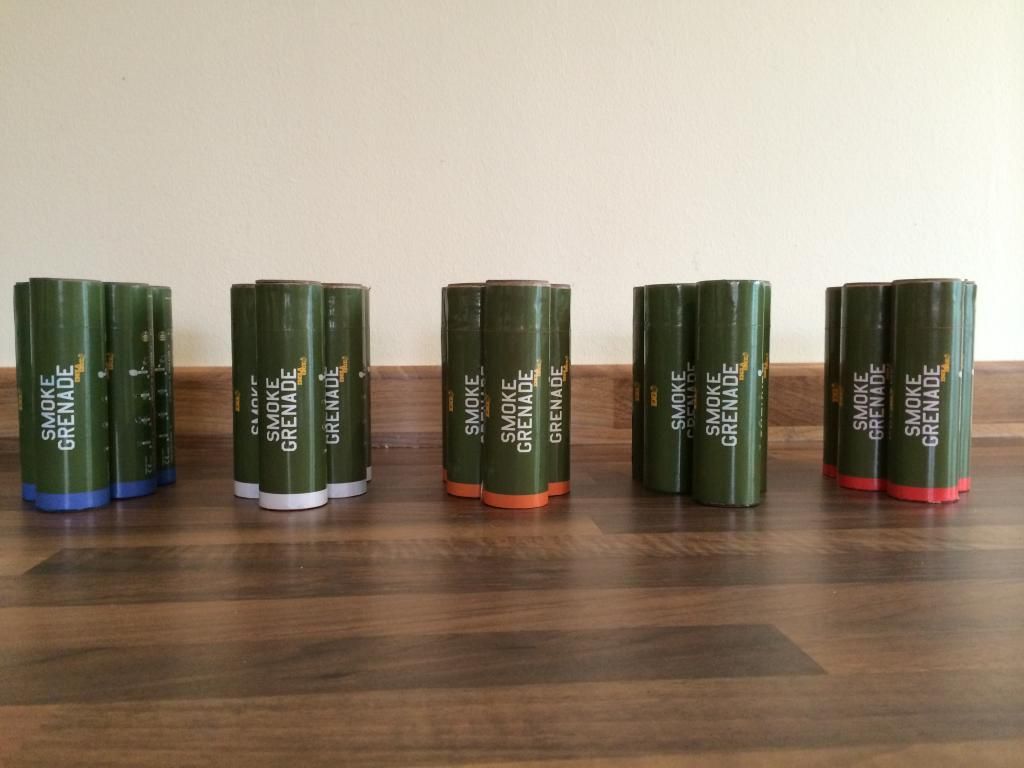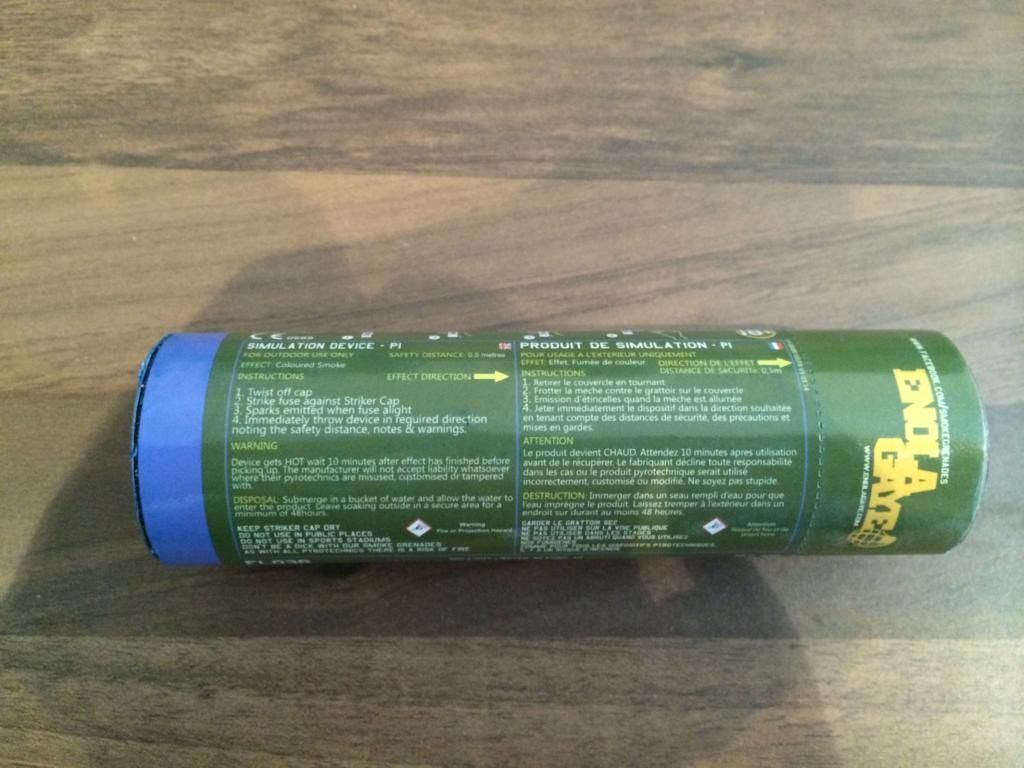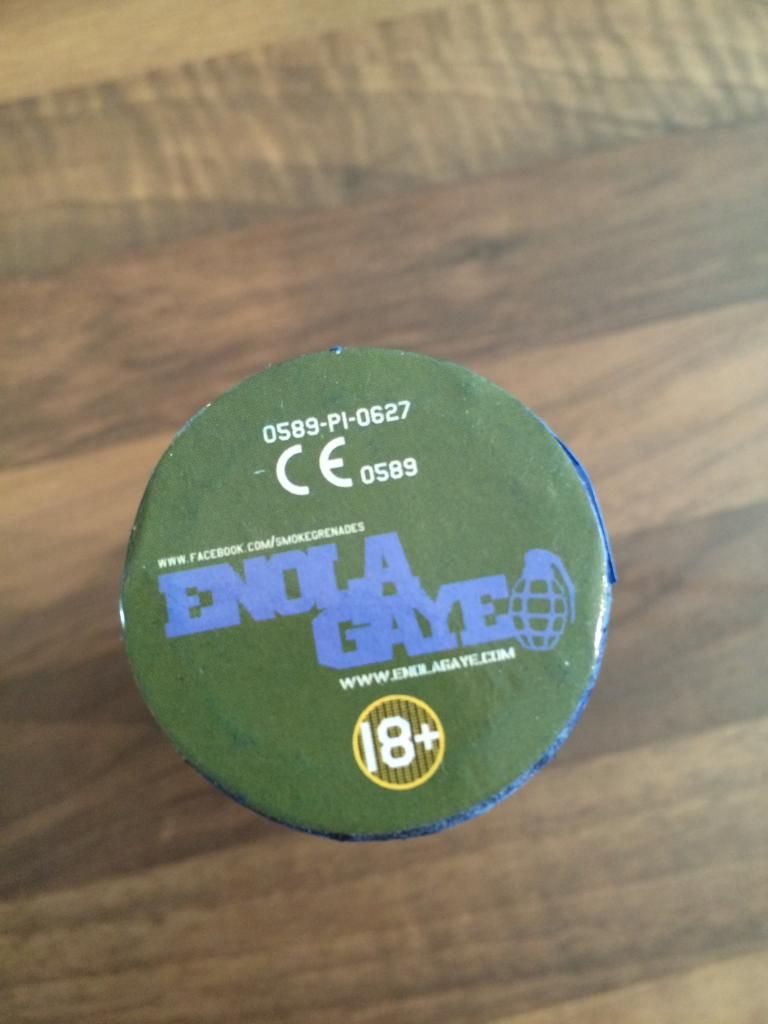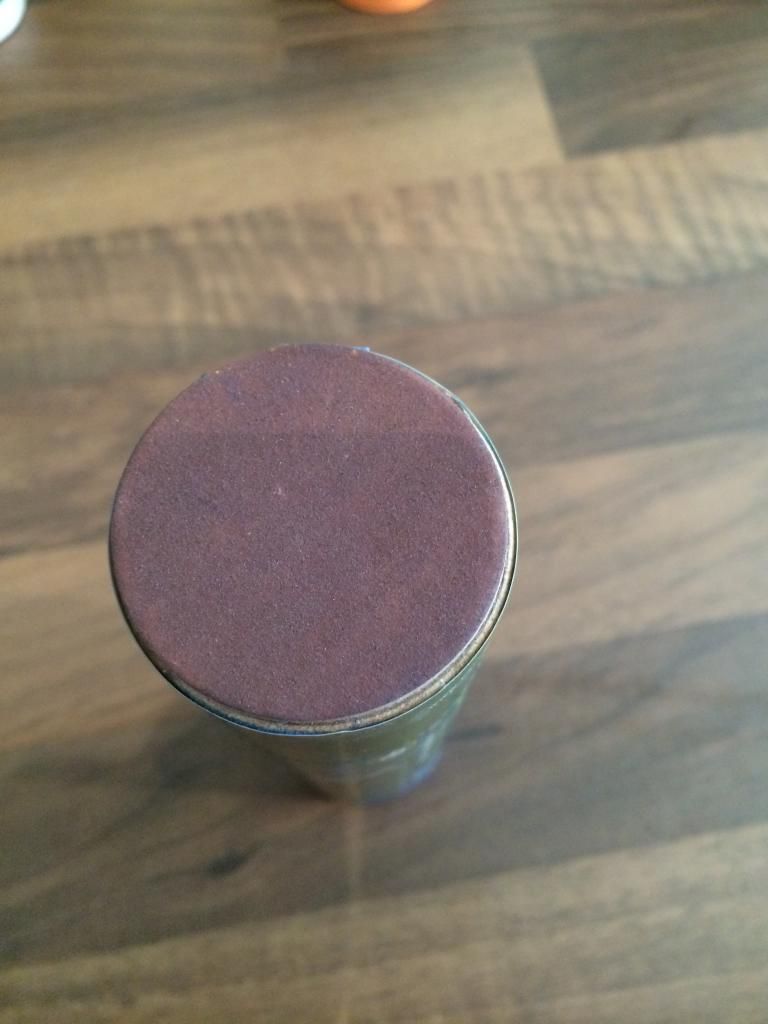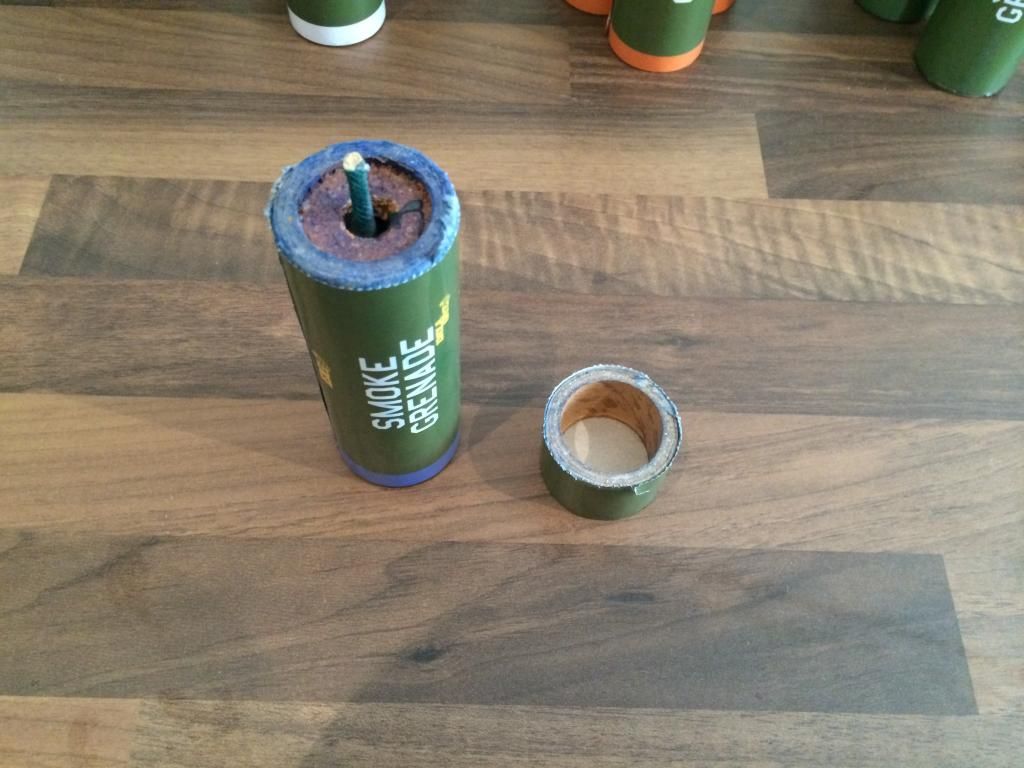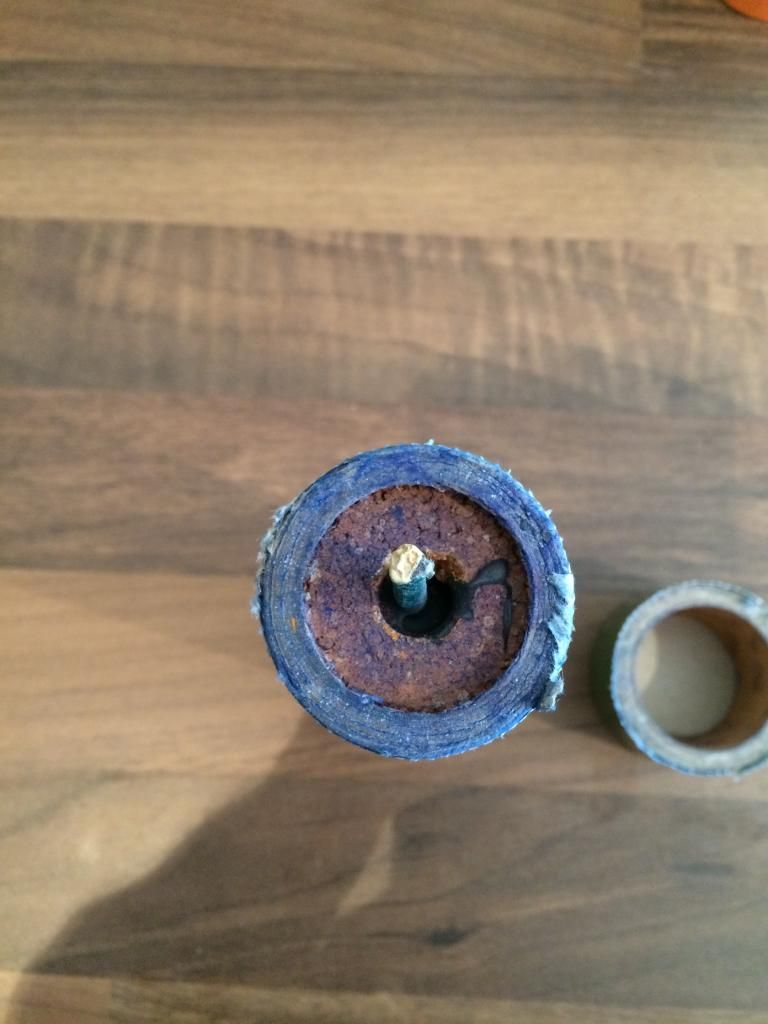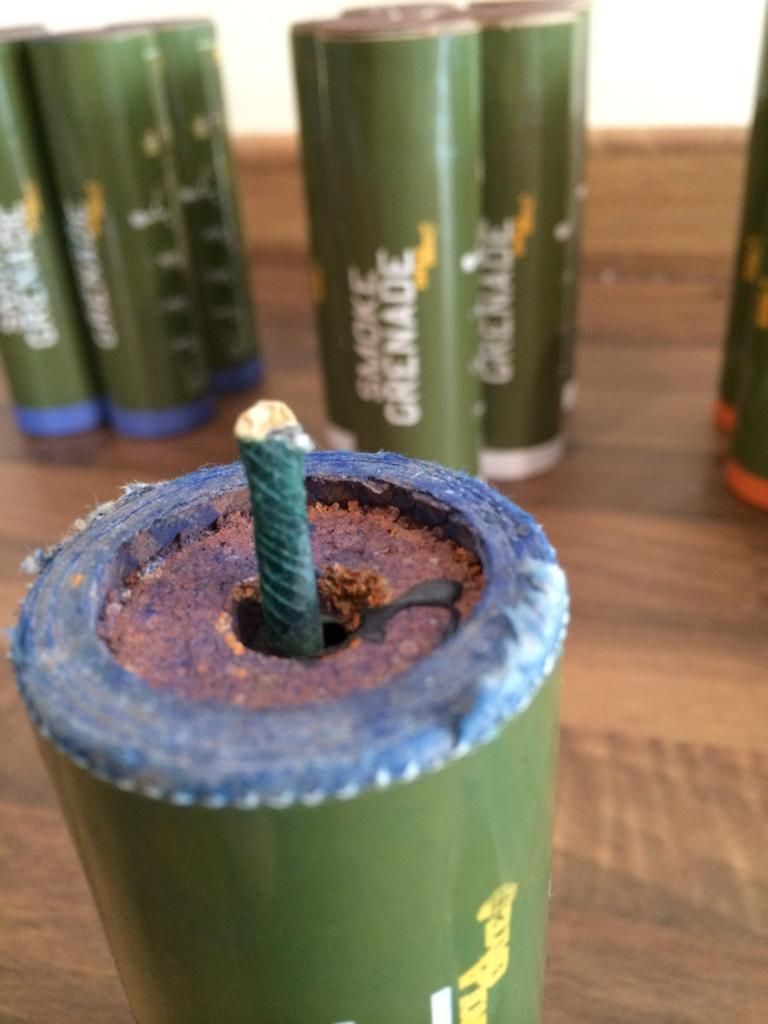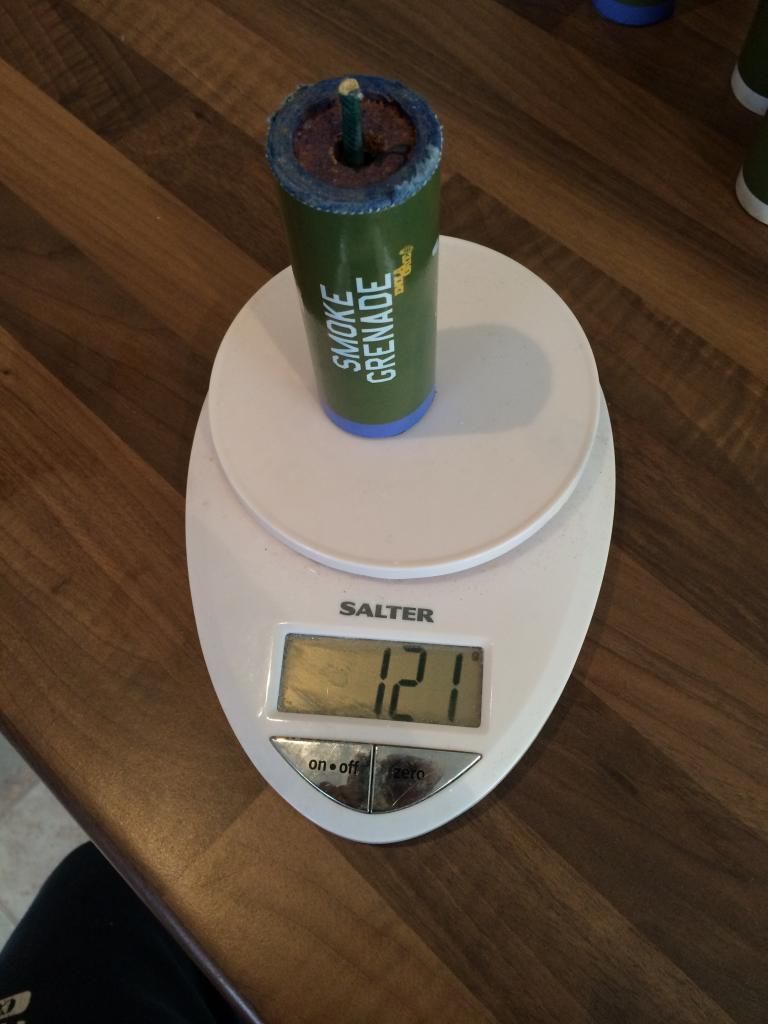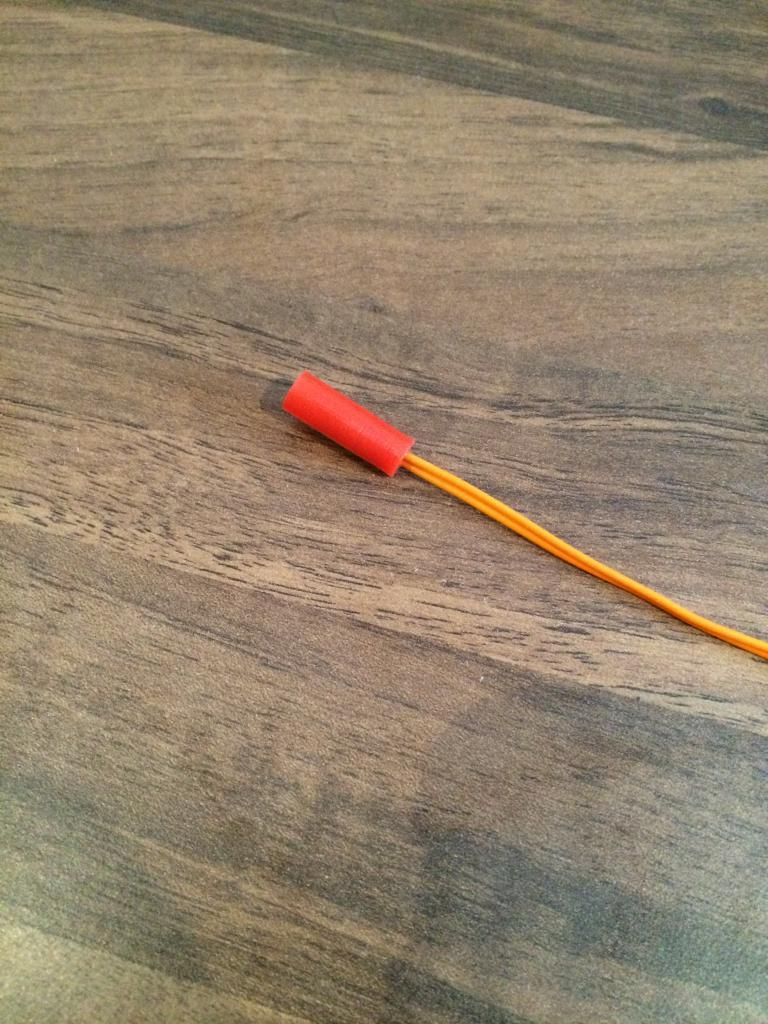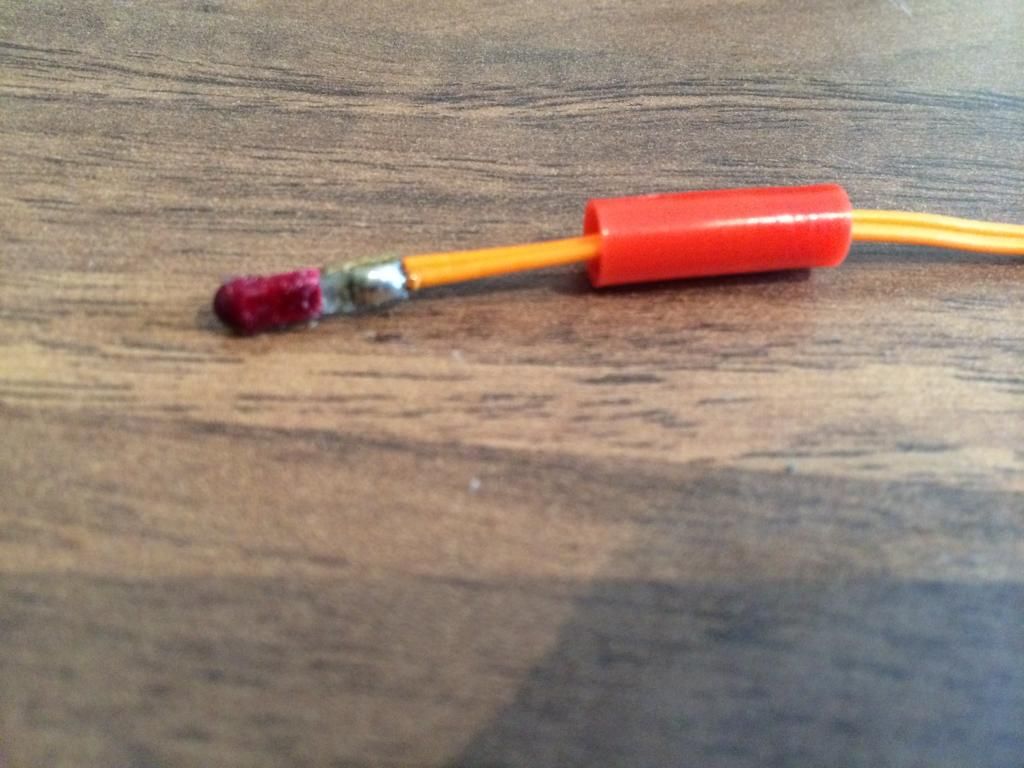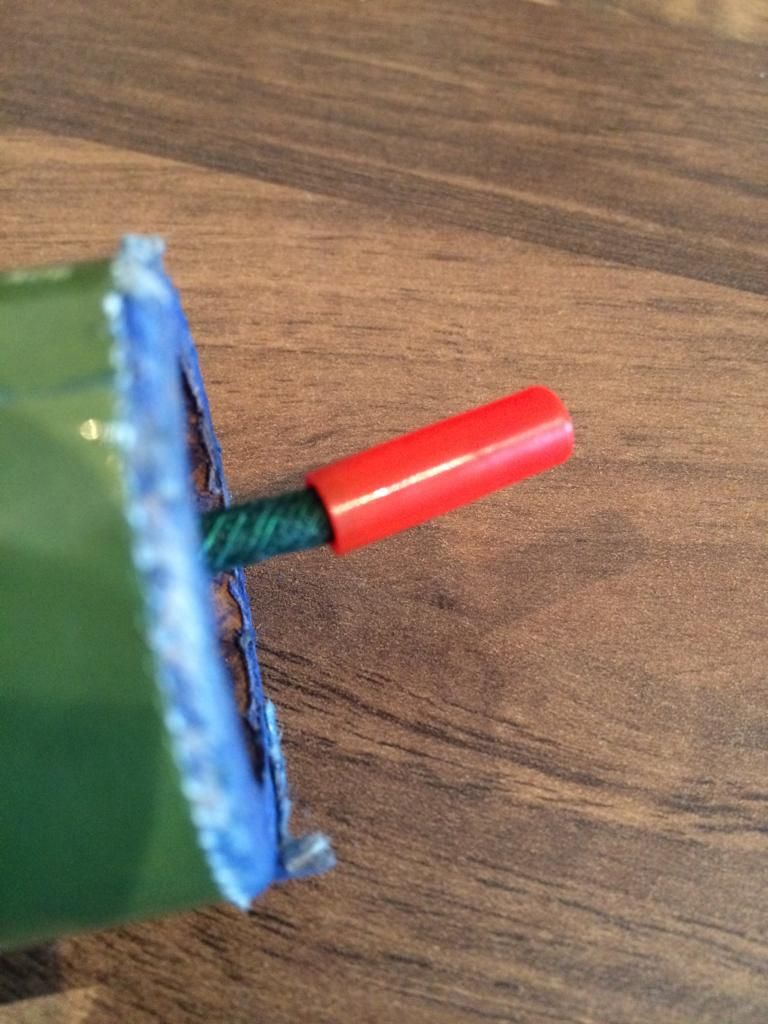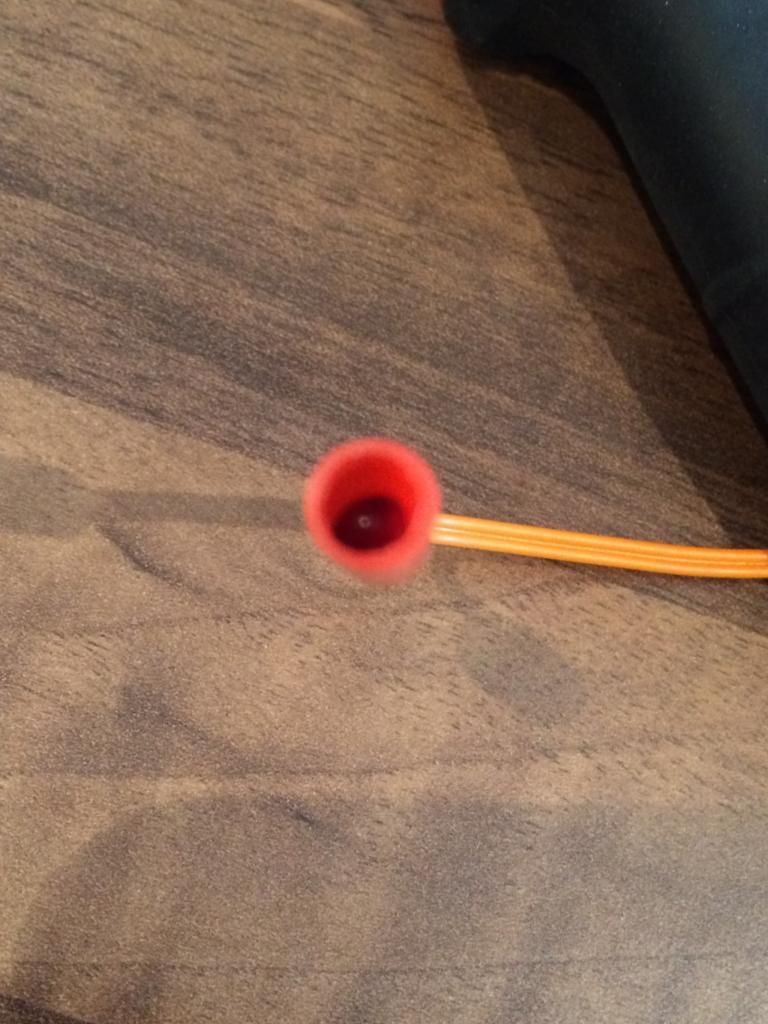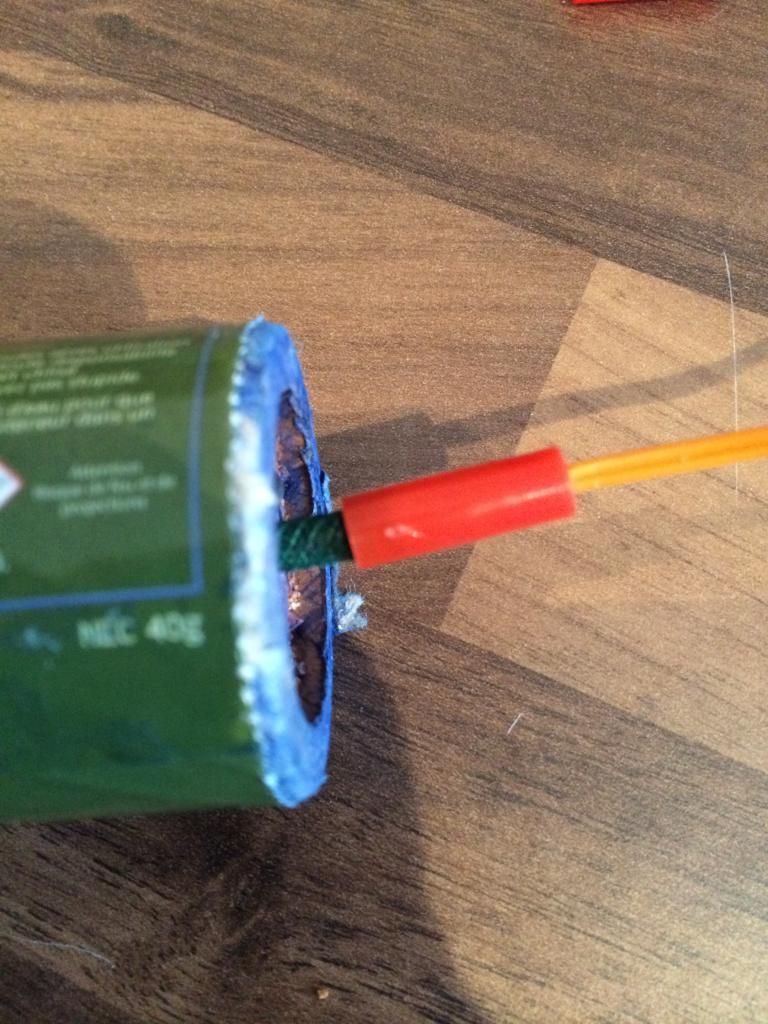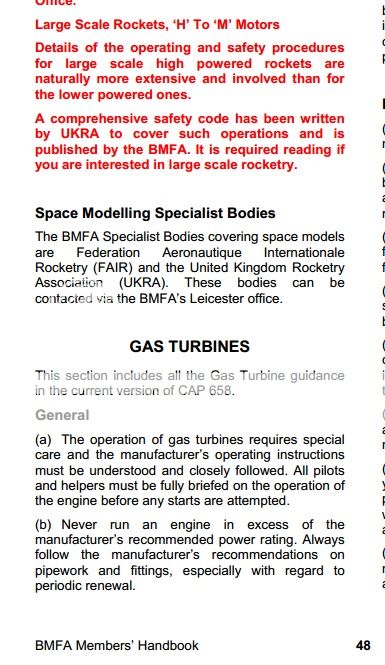I think you should at least read the BMFA Handbook , for High Power they are using the UKRA safety code
What ever ...if non responsible peoples start fires in fields with their smoke tracking device, government will impose more severe rules and we will all have to pay the price. It is clear that I see sparks in the video of your own testing you post
Well, honestly, have you ever seen a D motor ignition?? Those things give off a SHOWER of sparks when they light up! Most model rockets emit SOME level of sparks when they ignite. Once at a 4-H fair launch, I got a burn on my butt from a small BB-size bit of WHITE HOT glassy-type "ejecta" material blown out of a model rocket motor that had just lifted off... evidently it was some kind of sand or clay "inclusion" embedded in the rocket propellant, that when exposed to the extreme heat of the burning of the BP surrounding it inside the motor, physically melted into a liquid-glass type material and was blown out of the motor, landed on the aluminum bleacher seat upon which I was sitting, and subsequently rolled under my leg, burning a hole in the back of my pants and leg about the size of the end of your little finger and about 1/8 inch deep... I jumped up thinking I'd sat on a wasp or bee and had been stung, only to turn and see the white-hot but rapidly cooling "BB" of "liquid glass" bouncing and rolling around the aluminum bleacher seat like a drop of water in a hot skillet... It rapidly cooled and turned in a black hollow glass spherule about 1/8 inch in diameter.
Had this landed in dry grass, I have NO DOUBT that it could have started a grass fire. It's also not unheard of for hot ignitors or even sparks from motor startup ejected at ignition to start a grass fire near the pad. Won't even discuss the fires started by "sparky" motors, yet they're "legal" (with certain requirements which many launches do not observe or haphazardly enforce). Of course more fires have been started by rockets catoing or land sharking or going unstable or otherwise failing and landing on dry grass, leaves, or leaf litter while still under power or ejecting on the ground and throwing a shower of sparks... which of course ejection charges usually emit a pretty good cloud of sparks themselves, with bits of still-burning BP flying about and out of the rocket. This usually isn't a problem, since it occurs a few hundred feet above the ground.
Similarly, I don't think this fellow's smoke grenade is any more "risky" than any other rocket ignition or that its ejection of sparks is any more likely to start a fire than a D motor ignition or any rocket landing on the ground and then firing its ejection charge.
Simply put, the risk is NOT "zero" in anything we do. I don't see the point in arguing semantics or stretching the rules further than they were meant to... the rules against "explosive warheads" and such were put in place to keep numb-nuts from "playing war" with rockets lobbing firecrackers or M-80's or makeshift Molotov cocktails at each other or "other targets"... I think it's a mistake and does a disservice to "arbitrarily" extend the rules beyond what they were originally designed to address. Otherwise the same argument could be used against multi-stagers, airstart motors (all of which are technically "payloads" of the ground-lit first stage) and many other things.
If one has demonstrable proof that these present an unacceptable safety risk, or that certain techniques or methods should be used to minimize or hopefully eliminate such risks, then by all means that should be discussed and formal recommendations should be issued by the organizations... perhaps even 'codified' into the model rocket or high power safety codes... otherwise, it's rather capricious "rules making" off the cuff by anyone opposed to it for whatever reason... (which granted, is part of the definition of the RSO... making on-the-spot decisions based on the conditions and equipment being presented at the time).
I'm all for additional safety, but NOT for needlessly hamstringing people for no good reason... One thing I can instantly see that would increase safety would be to enclose these smoke grenades within the body tube or an enclosed payload bay or av-bay... perhaps even within their own "mount", perhaps constructed of copper tubing with a cap on either end, with the output end having a hole drilled in it sufficient to allow the passage of the smoke produced without causing excessive pressure build-up (ie 1.5-2 times the diameter of the smoke outlet of the grenade after firing, or something similar). This would prevent a still-burning smoke grenade itself from coming into contact with dry weeds, grass, or leaf litter and such in the event the rocket crashed or landed in an inaccessible area or was lost or required considerable time to locate after landing... while still allowing the smoke to be released from the rocket as it descended. Such a rule COULD be instituted at the club level, and as a launch site landowner myself, that's a rule that I could certainly get behind... while it might present additional constraints in the mounting or use procedures or methods for someone wanting to fly a smoke grenade, it would satisfy the safety concerns while still allowing the activity and not needlessly restricting things or outright "banning" someone from using something. Of course that's a decision up to the landowner and club officials to work out between themselves.
One other thing that should be addressed, not only in regards to this particular subject, but in a larger sense as well-- that is the NEED to modify or postpone allowable activities or events BASED ON THE PREVAILING CONDITIONS AND SITUATION AT THE TIME. For instance, I would see NO PROBLEM launching one of these when the grass is lush and green, and conditions are wet or moist from frequent rain, or in winter with snow on the ground or prolonged winter rains making everything wet. The likelihood of igniting anything on the ground in such conditions would be extremely remote, at best. Similarly, flying in desert or some area with no flammable materials in the area the flights are launching, landing, or potentially crashing, would similarly pose little to no risk... (sort of like the 'bare ground' setback requirements for sparky motors, but of course since these would be active at landing, it's not enough just to clear around the pad for a smoke grenade in a landing rocket, because you have no idea where it's eventually going to land. In a similar vein, if it were hot, dry, and windy, with lots of dry standing vegetation easily ignited and prone to spreading into a wildfire, I wouldn't fly one of these AT ALL, because the conditions are simply too dangerous for it!
That's the main thing I see that bugs me... some folks will fly ANYTHING "just because it's legal" WITHOUT REGARD to the prevailing conditions at the time and place of launch... Similarly, knee-jerk reactions banning stuff that presents little to no or acceptable risk, or demonstrating safety precautions adequate to minimize any risks, "just because" makes little sense either. I know I've told the club advisor they can fly out here even during a burn ban, SO LONG AS CONDITIONS ARE SAFE... If we get an inch or two of rain and the LOCAL CONDITIONS are safe-- everything is damp or wet, or the grass has been grazed or cut short, etc., presenting negligible risk of fire, then I'll okay a launch. Also, by the same token, if the general area has been getting sufficient rainfall that a burn-ban hasn't been instituted, but the launching field is particularly dry with lots of standing dry vegetation and hot, windy conditions prevailing for the anticipated launch date, I reserve the right to cancel the launch based on those UNSAFE CONDITIONS...
To me that's the RIGHT way to do it...
Later! OL JR

